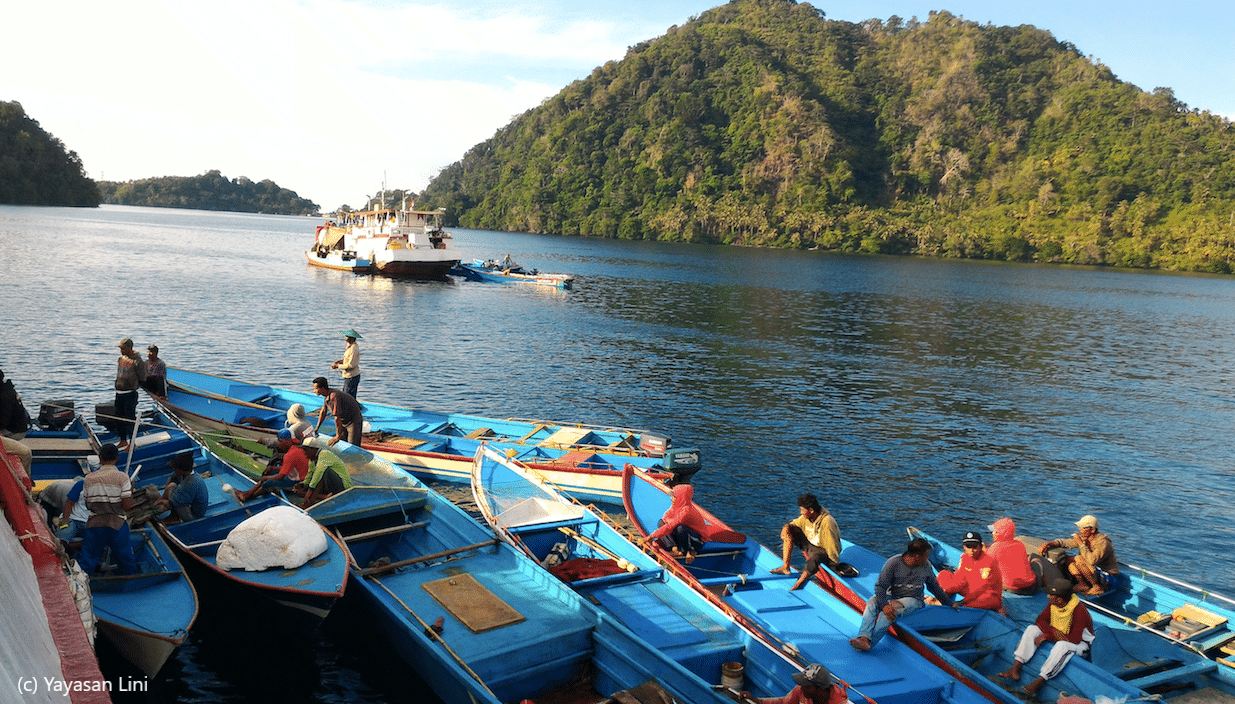
Banda Sea handline yellowfin tuna

Location & History
Handline fishing has been a staple in Indonesia for as long as tuna fishing has existed. A few years ago, this fishery used initiatives from the partnership of IPNLF and a local, sustainable tuna fisheries organization, AP2HI to divide national fisheries into several smaller fisheries based on their geographic area. The smaller fisheries could then work on individual improvements to ensure that sustainability targets were met, without adjacent tuna fisheries compromising these efforts. This fishery operates in the Banda Sea within the Western and Central Pacific Ocean, landing their catch in Banda Island before being sent to Bali for processing.
How is the Tuna Caught?
All the catch from this fishery is caught using the traditional handline technique, wherein each fisher uses a single line with a hook attached, to catch one fish at a time. Vessels are relatively small and a trip will be one day fishing at most, landing anywhere between 50 KG to 300 KG of yellowfin tuna - that’s about 300 to 2,000 cans of tuna. Using brightly coloured lures in a technique called “jigging”, small, live fish and squid are caught at the beginning of the fishing trips to be used as bait for the tuna. The fishery is very selective, (up to 90% yellowfin tuna is the entire catch) and does not use Fish Aggregating Devices (FADs) which can lead to the entrapment of non-target wildlife. The handline technique prevents the capture of non-target species (also known as bycatch) like dolphins, turtles, and sharks, but also does not contribute to ocean plastic pollution, or impact other marine habitats.
Unique Features
The fishery provides jobs for local communities at sea as fishers and on land in the processing sector, which enhances economic growth and opportunity across the community.
Fun facts: Most of the fishing trips target free schools of tuna, and fishers are equipped with binoculars to locate the school, as well as using bird or dolphin sightings as an indicator to where the fish are located. The fishery also operates in the Banda Sea, which are some of the deepest waters in all of Indonesia, reaching depths of over 7.2 KM - that’s about 65 soccer fields deep!
Gallery
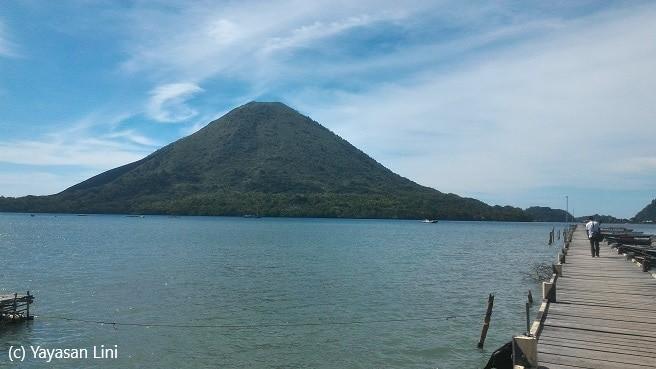
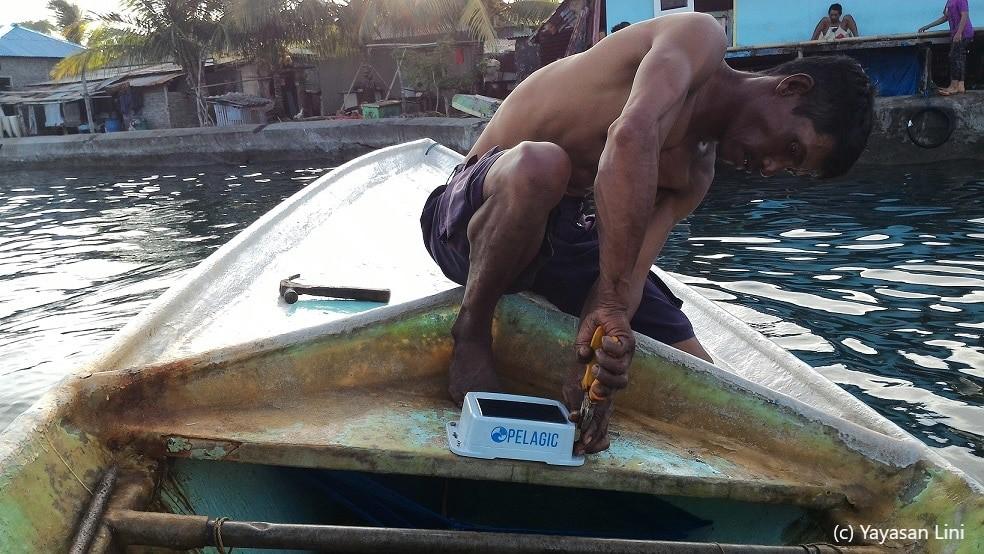
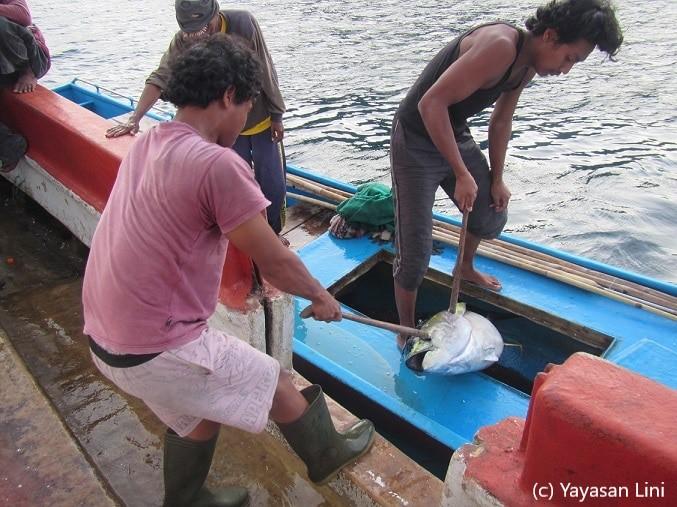
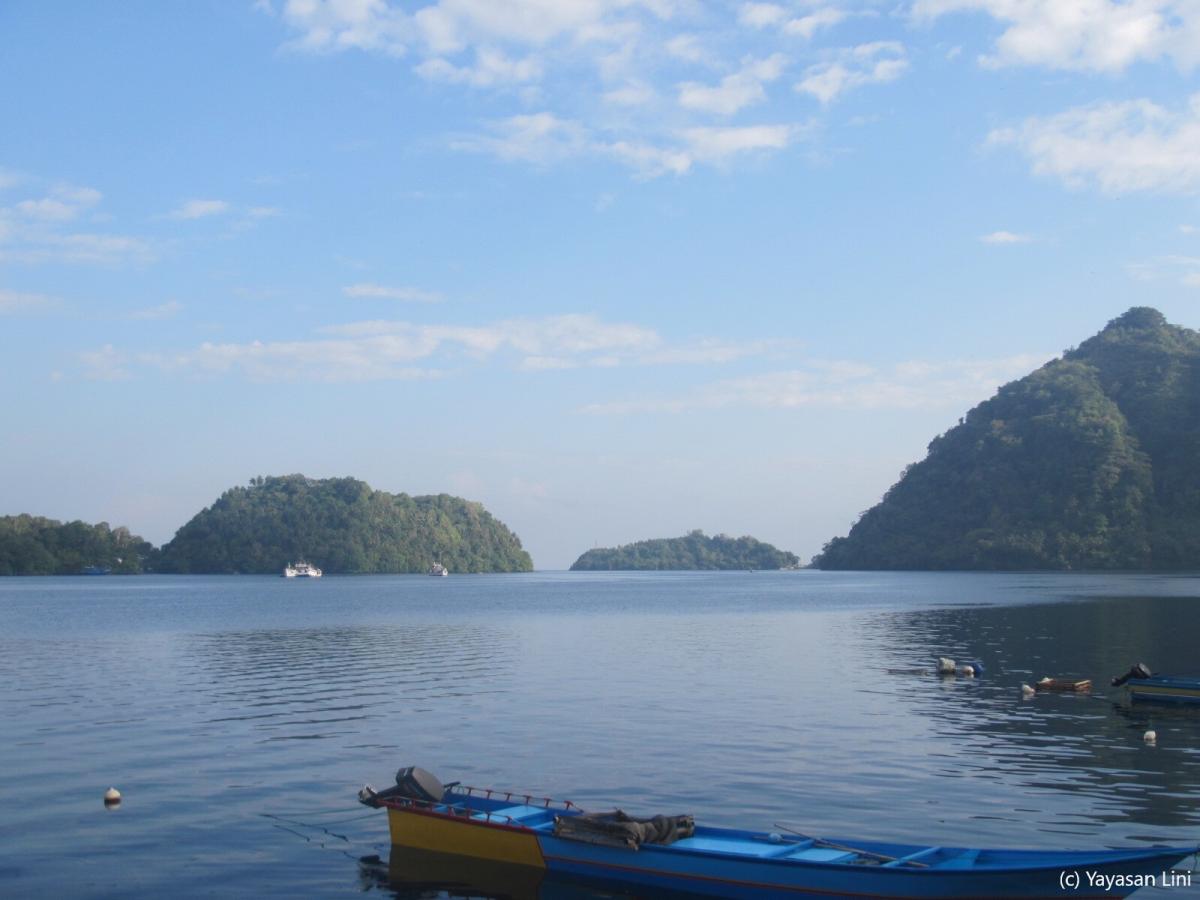
Typical Vessel
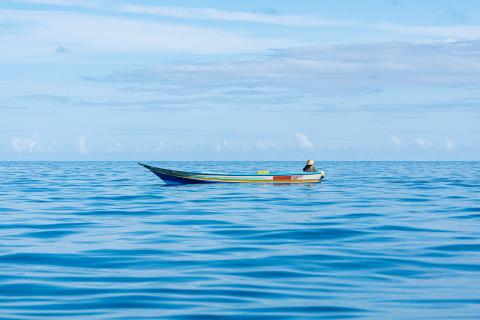
| Item | Value |
|---|---|
| Crew Size | 1 |
| Size Range(m) | 2-4 |
| Details of Type of Engine | Outboard 1-5 tonnes, inboard above 5 tonnes |
| Hold Capacity | < 10 |
| Onboard Cold Storage? | Yes |
Fleet Capacity
-
118t
- Annual Catch Volume (metric tonnes)
-
906
- Number of Vessels
-
906
- Local Employment
Target Species
Yellowfin Tuna
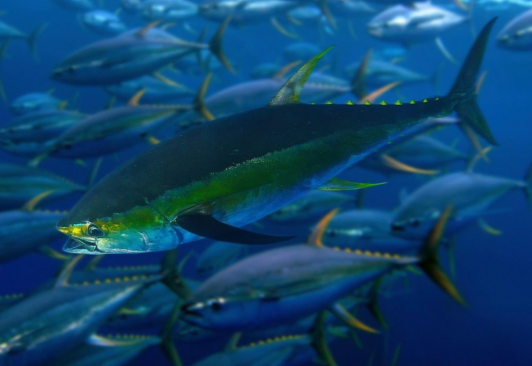
Fishing Gear
Handline
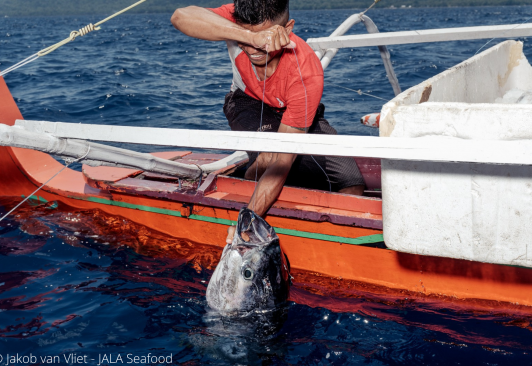
Traceability
Traceability systems are used in food supply chains to track a product from production to consumption. They assist with ensuring that standards and regulations are met throughout the supply chain, which is very important for products that travel across the globe, such as tuna.
Good traceability reduces contamination, disease, and spoilage. In the case of seafood, it also helps to maintain sustainable fish stocks in the oceans so we can keep enjoying tuna for years to come.
Most importantly, traceability provides transparency through the supply chain, allowing all parties including the consumer access to information about the products they are buying.
Fishery Information and Traceability (FIT)
Fishery Information and Traceability (FIT) programme is in place for skipjack tuna fisheries across the AP2HI membership to highlight fishery transparency and improve the efficiency of fishing practices. The FIT is a programme that collects various data regarding catch rate, vessel numbers, and bait usage across the fisheries. This data is then used to advise fisheries on key elements for improvement.
Find out more
Regional Fisheries Management Organisation
Western and Central Pacific Fisheries Commission (WCPFC)
Regional fisheries management organisations (RFMOs) are international bodies formed to manage fish stocks in an oceanic area. They include several countries with fisheries operating in that area, and some focus on particular species such as tunas. They are established through international agreements and treaties. RFMOs typically collect fishery statistics, assess fish stock conditions, monitor fishery activity and make fishery management decisions.
The Western and Central Pacific Fisheries Commission (WCPFC) was established by the Convention for the Conservation and Management of Highly Migratory Fish Stocks in the Western and Central Pacific Ocean (WCPF Convention). The Commission seeks to manage issues that arise in high-seas fisheries, to prevent overexploitation of highly migratory fish stocks.
Stock Status Reports
Yellowfin Tuna Stock Status
2021-03-25The stock status of a fish species signifies whether a species is 'overexploited', 'fully exploited' or 'underexploited'. Different organisations use different parameters to assign these labels. For example, the Food and Agricultural Organisation of the United Nations (FAO) deems any species to have less than 40% of it’s ‘unfished biomass’ to be overexploited.
The aim of assigning stock status to a species is to ensure that catches are kept at a level where future catches will not be affected, in other words, to maintain a healthy, viable population of fish.
In addition to biomass, spawning potential, catch trend and size-age composition may be used to determine stock status. These are important factors to consider as some species are more resilient than others and have different ecological features. For example, yellowfin tuna have a higher reproduction rate and are typically more resilient than other tuna species.
National Reports
Indonesia
2022-07-11National Reports are formal documents from members of the Tuna Regional Fisheries Management Organisation (tRFMO) in question. Each country that falls within the tRFMO must report on the state of their national fisheries in relation to the requirements of that tRFMO. They are normally presented to the annual Scientific Committee meetings by a credentialed head of delegation - considered national scientists. The tRFMO normally prescribes what the report should entail and how it should be structured, which would also include progress on key resolutions on conservation and management measures, and brief the ongoing scientific research of interest to the tRFMO.
